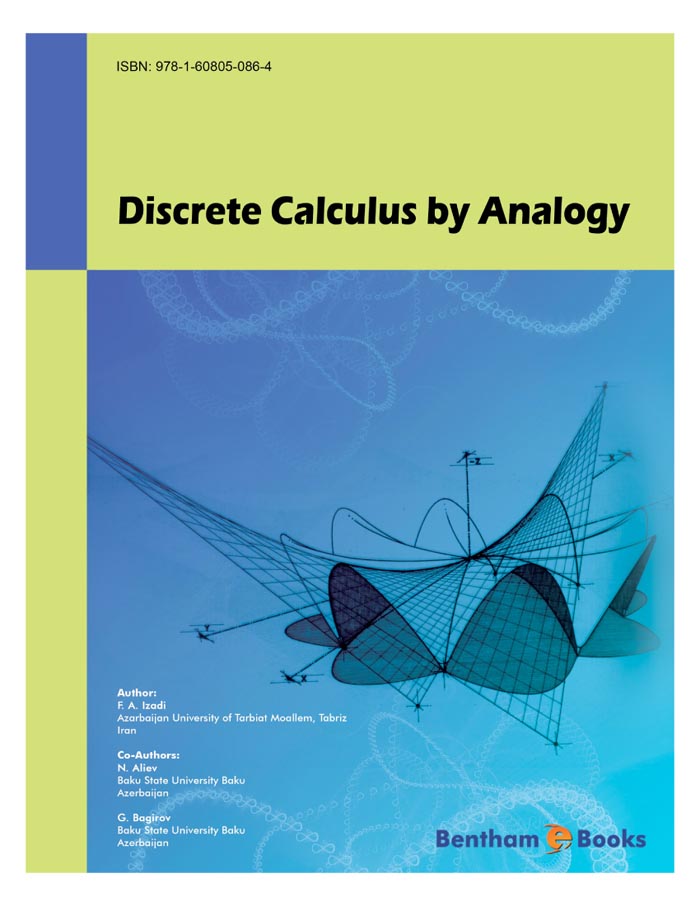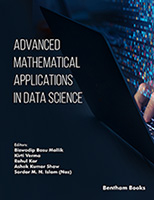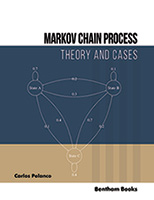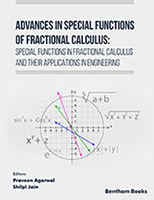This little book has been written to present a concise and self-contained account of some topics in “difference calculus". But for some reasons which will become much more clear at the end of this preface, we choose the title to be “discrete calculus by analogy".
If the content is not so sophisticated, it is designed, as is clear from the above expression, to investigate some patterns of mathematical facts in discrete cases. These patterns and the methods of their investigation are not only interesting concepts in their own rights, but they can also be used to motivate the investigation of continuous analogs, from which one can search, compare, unify, and ultimately discover general facts.
The topics covered here usually arise in many branches of science and technology, especially in discrete mathematics, numerical analysis, statistics and probability theory as well as in electrical engineering, but our viewpoint here is that these topics belong to a much more general realm of mathematics; namely calculus and differential equations because of the remarkable analogy of the subject to this branch of mathematics. It is exactly this viewpoint which distinguishes this text from the previous ones. Although the topics are discrete, our approach is absolutely analytic.
As in continuous mathematical analysis, we first introduce the main concepts such as the definition of a function, power and exponential functions, discrete differentiation and integration, series expansion, complex analytic functions and their integrals, the Cauchy theorem for analytic functions, as well as the harmonic functions in discrete cases. Then we relate these concepts to the theory of discrete differential equations.
The book consists of four chapters and an appendix. Chapter 1 is devoted to preliminary concepts. It can be skipped without any harm to the understanding of what follows in other chapters, except possibly for the definition and the properties of “arrangement power function".
Chapter 2 is concerned with sequences. These sequences are defined by certain recurrence relations which are so called difference equations. To solve these equations, we give several techniques. In particular, we use the discrete transformation for finite sequences and Euler's scheme for infinite ones.
In Chapter 3, we first define the discrete differentiation and integration of a functions as well as discrete ordinary differential equations. Then, according to the nature of the difference equations, we examine them as Cauchy or boundary value problems. At this stage, the reader will see how the mathematical facts will remain valid when passing from continuous cases to discrete ones and vice versa.
The theory of discrete boundary value problems and their connections to the spectral theory of operators will be discussed in Chapter 4. These problems can be interpreted as the discrete analog of the mathematical physics equations in one dimension.
The rest of the book is a long appendix consisting of 10 sections. Except for the three sections; namely an unsolved problem about a cubic root of a complex number, symmetric derivative, and the spectral decomposition of a matrix, all other sections are devoted to the discrete analysis of complex valued functions. Topics included are the discrete partial derivatives of complex valued functions, the Cauchy-Riemann equations, harmonic functions, the Cauchy theorem, Laplace equation, Cauchy-Riemann differential equations, complex integration and above all, the most important concept which brings all these together, is the discrete analog of analytic functions in complex analysis.
This English version is a revision of a book in Persian called discrete additive analysis by the author and N. Aliev, G. Bagirev, For this reason, I would like to take this opportunity to thank them for their contribution on the Persian version of the book, especially Prof. Aliev for his inspiration for the study of discrete phenomena and comparing them to their continuous counterparts. The author also would like to express his gratitude to Dr. Antonio Boccuto for his interesting and promising foreword of the book, to Bentham Science Publishers, in particular to Manager Bushra Siddiqui, for their kindly help, support, and efforts.
F. A. Izadi
Toronto Canada
October 16, 2009





